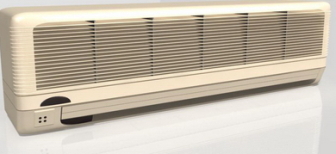

Nearly all tower fans oscillate, turning slowly from side to side to cover a larger area, but they differ in how wide the angle of oscillation is. A noisy tower fan can be distracting in the daytime, but a real issue if it stops you dropping off to sleep at night. That’s handy, as noise is the second-biggest factor. This means you can run the fan at a slower speed with – usually – less noise. Generally speaking, the larger and taller the fan, the higher the airflow and the bigger the room it can cool, with the added bonus that you might not have to push it so hard to have the same effect. Best tall tower fan: John Lewis & Partners Tower Fan, 42-inch | £95ĭecided that a tower fan is for you? Well, now your choice comes down to size and features.Best tower fan for the bedroom: Honeywell HY254E QuietSet | £62.Best budget fan for bigger spaces: Honeywell HYF1101E1 | £48.Best budget tower fan: Igenix DF0030 | £33.And it will also do so relatively quietly, and often more efficiently than the equivalent pedestal or floor fan. Cram one in the corner of a room, and you’ll be surprised how much of the space it can cover. What’s more, tower fans usually oscillate, twisting left and right to spread the cooling airflow over a wider space. The advantage of their tall, cylindrical shape is that you get a lot of cooling without a massive footprint, and it’s spread out over a larger vertical area.

Tower fans aren’t your only option – desktop fans, floor fans and pedestal fans can all be great – but they’re often the most practical. Put one in the lounge and you can properly chill out get one in the bedroom and you might just get some sleep. Get hold of a fan, however, and you can get a breeze going inside your home and make the temperature a bit more bearable. When the mercury rises and the air stays still, it’s almost impossible to escape the humidity and heat, yet – for most of us – air conditioning is overkill. You can never bank on getting hot weather in the UK but, when it does come, it can come with a thump.


 0 kommentar(er)
0 kommentar(er)
